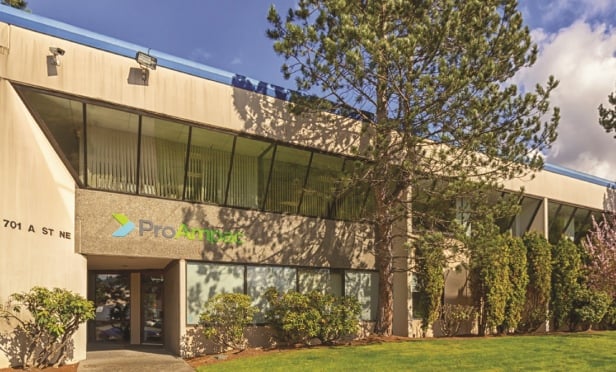NEW YORK CITY-As part of a long-term repositioning strategy, the local New York office of national nonprofit Enterprise Community Partners, Inc. closed two preservation deals totaling $32.9 million that will keep 1,469 units for low-income residents in the Mott Haven, Melrose and West Farms sections of the Bronx affordable.
In partnership with developer Lemle & Wolff, Enterprise originated a $12.2 million acquisition loan that will cover the costs associated with preserving 943 affordable units across 39 buildings in the Mott Haven and Melrose, becoming the largest deal in units ever closed through the New York City Acquisition Fund, a collaboration between Enterprise, the city of New York and public and private investors, the company says.
“We are really excited about the opportunity to provide the capital as well as a host of other services to help reposition these portfolios for long-term safe, quality living for families,” Shola Olatoye, deputy director at Enterprise, tells GlobeSt.com after closing the deal. “There’s no question, that at least in New York, we have the benefit of private markets and investors seeking out new opportunities to deploy their capital,” she says, explaining that given the interest of in investing in New York, banks are eager to finance large-scale preservation deals to satisfy its Community Reinvestment Act (CRA) needs.
The second deal, in collaboration with the Fordham Bedford Housing Corp. and University Neighborhood Housing Program, is a $20.7-million equity deal to rehabilitate 526 units in eight buildings in the West Farms area. The improvements, which will adhere to Enterprise’s “Green Community Criteria” for affordable housing, will include a new roof for one of the buildings, as well as masonry repairs, window repairs and upgrades, installation of EnergyStar light fixtures, plumbing and appliances and low volatile organic compound paint finishes.
Olatoye says Fordham-Bedford has a long-term track record of being an efficient property and asset manager, starting a comprehensive “greening” of its portfolio long before it became an industry standard. “Even before the city adopted Enterprise’s green communities, Fordham-Bedford was doing this type of work in its buildings,” she says.
Designed to yield lower utility costs, create a healthier environment and increase sustainability, the Enterprise "Green Communities" criteria has become a blueprint for the city's Department of Housing Preservation and Development. Since January 2011, the HPD required the developers of new affordable housing construction and substantial renovation projects funded by the city to attain certification by adhering to these criteria.
Olatoye adds that both Enterprise and Fordham-Bedford are aiming to maximize their investment by realizing long-term energy savings for the eight structures. “We are pushing and leading the industry to see that these investments do have a payoff, not only to lower expenses, but how the building is managed,” she says. “So the investment that’s up front is actually realized in lower, long-term expenses for the property.”
And while the buildings in the Lemle and West Farms deal were not overleveraged, the company also sees overleveraged properties as another serious issue facing the multifamily market. The biggest factor contributing to the overleveraging of these structures was the availability of low cost capital, Olatoye explains. Just before the downturn, banks were willing to lend money with little oversight or regulation, leading to the infamous “bubble” in the real estate market. In the Bronx, investors purchased buildings, but revenues remained flat, young tenants didn’t move in and expenses skyrocketed.
“But when all of these things collapsed, you now had a building that had a lot more debt than it could support,” Olatoye says. “Those tenants expected to pay high rents never materialized. The rent-stabilized tenants are still there and their rents aren’t going up. What was left was a building that had mortgages that did not have enough cash flow to support the debt service. It is not unlike what happened in the single-family market. It just happened on a larger scale in New York.”
In this situation, Olatoye says the role for Enterprise is to identify distressed buildings, provide capital to responsible owners and encourage sound housing policy, like the 1,400-sum units just preserved. “We are really focused nationally, and here in New York, preserving affordable housing for low- and moderate-income New Yorkers is our mission,” she says.
© 2025 ALM Global, LLC, All Rights Reserved. Request academic re-use from www.copyright.com. All other uses, submit a request to [email protected]. For more information visit Asset & Logo Licensing.







